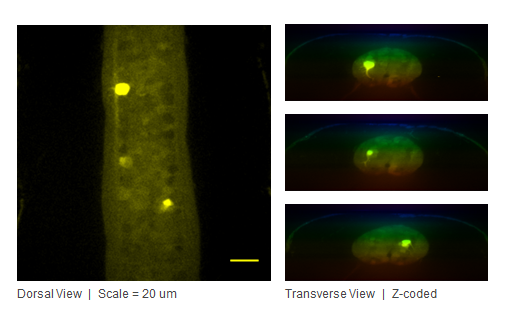The Photomanipulation module allows control of both laser and widefield light sources used for applications such as FRAP, photoablation and photoactivation. Users can quickly switch from widefield or confocal imaging to photomanipulation to create a dynamic photon event in a region then return to imaging within milliseconds. The Photomanipulation module allows the user to define a region or region.
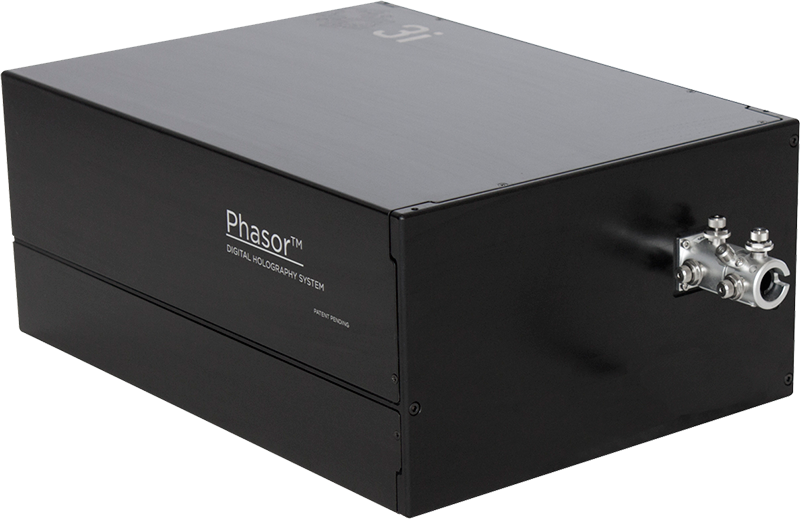
|
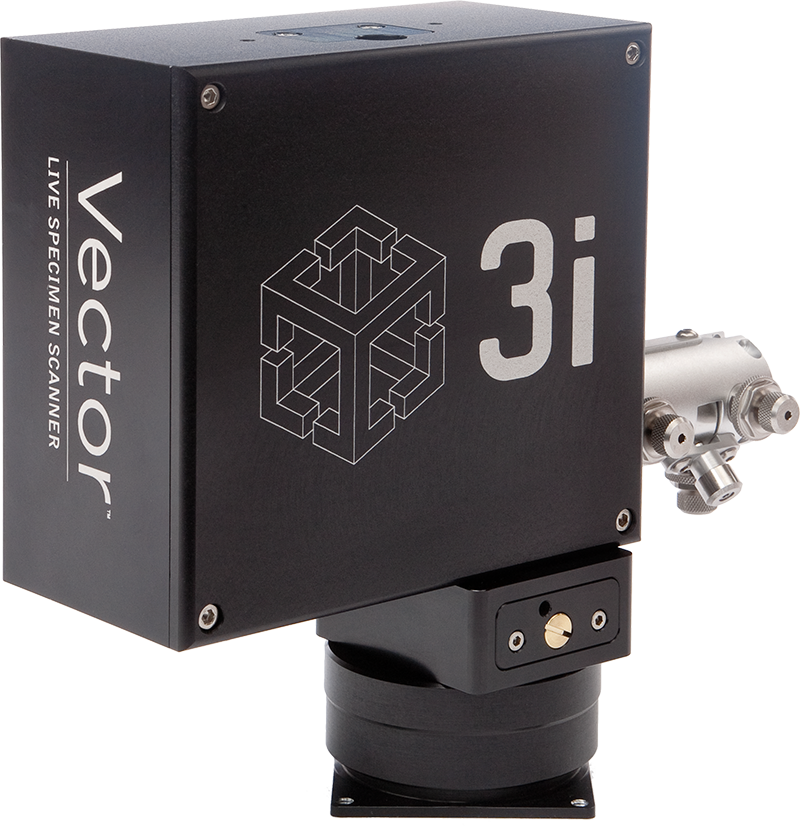
|
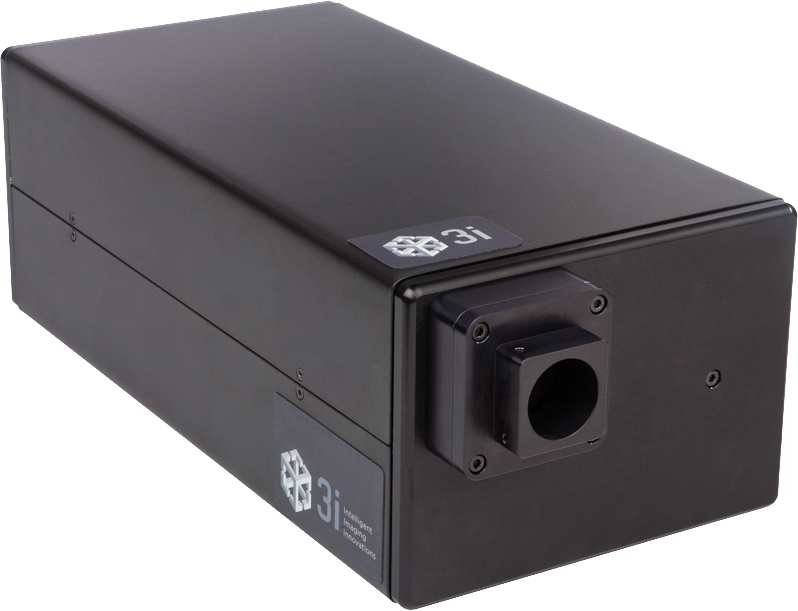
|
|
Phasor |
Vector™ |
Ablate |
Phasor
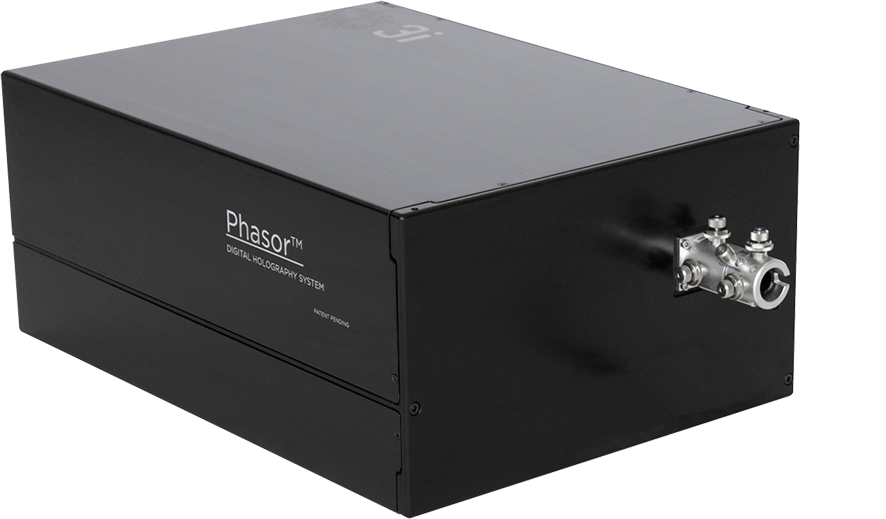
3i offers the first commercial implementation of a phase-only spatial light modulator (SLM) designed specifically for patterned and 3D point photomanipulation in optical microscopy. Phasor is compact and modular, allowing direct attachment to a microscope imaging port. Illumination is provided by the 3i LaserStack™ through a fiber optic coupling.
Phasor is controlled by 3i's SlideBook™ software to manage region specification, hologram generation, experimentally synchronized optical path switching and excitation light gating. This state of the art control enables sophisticated experiment design incorporating pattern photomanipulation, including FRAP, photoactivation, photoconversion, and photostimulation.
Solid state laser illumination from 3i's LaserStack with the addition of 3i's FiberSwitcher™ makes it possible to use a single set of lasers for multiple techniques on one system, such as point-scanning photomanipulation, spinning disk confocal imaging, and TIRF illumination. FiberSwitcher's sub-millisecond change speeds make it is possible to design elaborate experiments that utilize a given set of lasers for a combination of imaging techniques at very high speeds.
Advantages of Digital Holography Fluorescence Microscopy:
- efficient use of illumination intensity by redirecting a significant portion of the light to regions where photomanipulation is desired
- superior optical sectioning for larger regions compared to approaches that use Gaussian beam illumination
- different points of stimulation can be focused at different z planes
- entire photomanipulation patterns can be axially displaced from the imaging plane of focus
|
Function Characteristic • Simultaneous stimulation of • non-adjacent regions in x, y and z • Optogenetic and channelrhodopsin studies |
Phasor photoconversion of a PA-GFP in larval zebrafish spinal cord. Dorsal view (left), transverse view (right), 20µm scale. Image courtesy of Dr. Ehud Isacoff, UC Berkeley |
Vector™
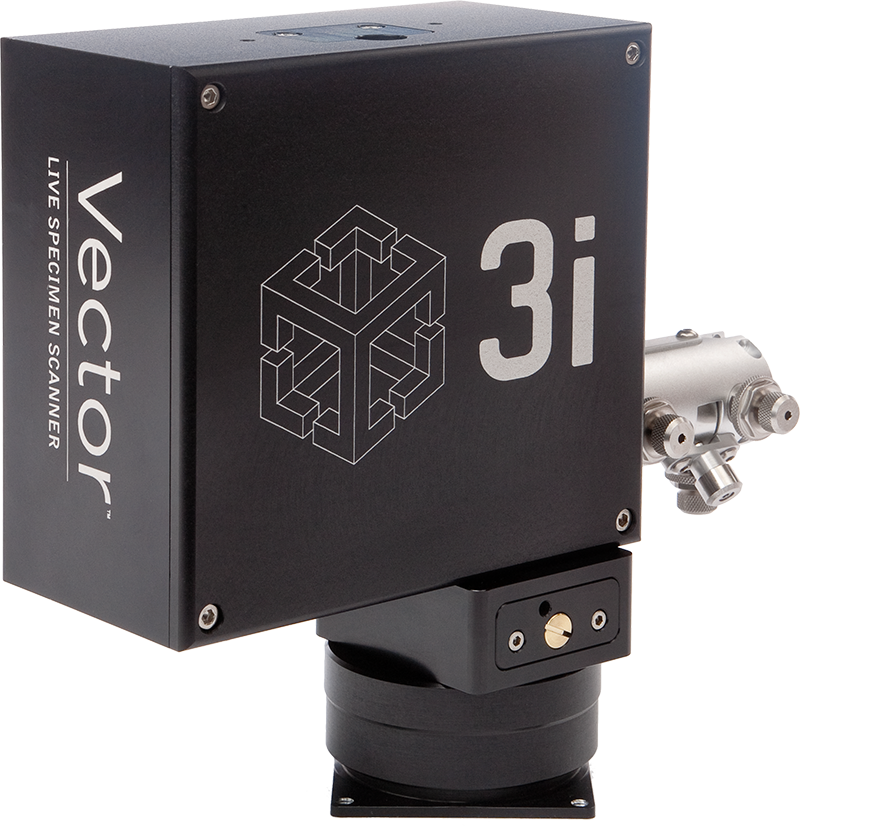 Vector™ is a diffraction-limited high speed X,Y scanner that accepts lasers from UV to IR. Vector allows interactive examination of living specimens with a rapid single-point seek time of 0.3ms and fast ROI scanning (1500 lines per second). Common uses of Vector include FRAP, photoactivation, photoablation and uncaging. mSwitcher enables simultaneous use with Spinning Disk Confocal for advanced multi-modal methods. Vector is also designed for high-speed scanning imaging techniques such as multiphoton imaging or laser scanning confocal microscopy.
Vector™ is a diffraction-limited high speed X,Y scanner that accepts lasers from UV to IR. Vector allows interactive examination of living specimens with a rapid single-point seek time of 0.3ms and fast ROI scanning (1500 lines per second). Common uses of Vector include FRAP, photoactivation, photoablation and uncaging. mSwitcher enables simultaneous use with Spinning Disk Confocal for advanced multi-modal methods. Vector is also designed for high-speed scanning imaging techniques such as multiphoton imaging or laser scanning confocal microscopy.
|
Function Characteristic
Modular High Speed X/Y Scanner
|
|
Ablate
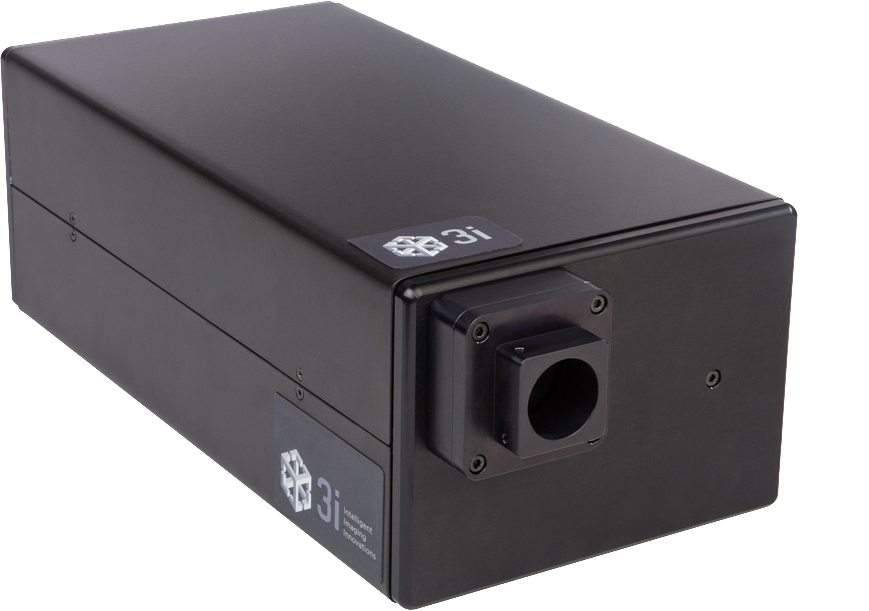 Ablate!™ laser ablation system is an attenuatable 532nm pulse laser (>60µJ pulses at 200Hz) that inflicts localized damage to a diffraction-limited spot in intracellular structures for precise laser ablation and laser wounding. Ablate! has automated intensity control and is available in fixed-point and scanning versions. Direct coupling to the microscope allows for optimal power delivery and available notch dichroic filter sets enable simultaneous widefield or confocal imaging. Ablate! includes the SlideBook Photomanipulation module which allows the user to define a region or regions of interest as a single diffraction limited spot or as user defined shapes.
Ablate!™ laser ablation system is an attenuatable 532nm pulse laser (>60µJ pulses at 200Hz) that inflicts localized damage to a diffraction-limited spot in intracellular structures for precise laser ablation and laser wounding. Ablate! has automated intensity control and is available in fixed-point and scanning versions. Direct coupling to the microscope allows for optimal power delivery and available notch dichroic filter sets enable simultaneous widefield or confocal imaging. Ablate! includes the SlideBook Photomanipulation module which allows the user to define a region or regions of interest as a single diffraction limited spot or as user defined shapes.
Function Characteristic
Laser Ablation System
• Attenuatable 532nm pulse laser
• Localized damage to intracellular
structures & targeted wound control
• 70 µJ peak energy, 100Hz peak rate




